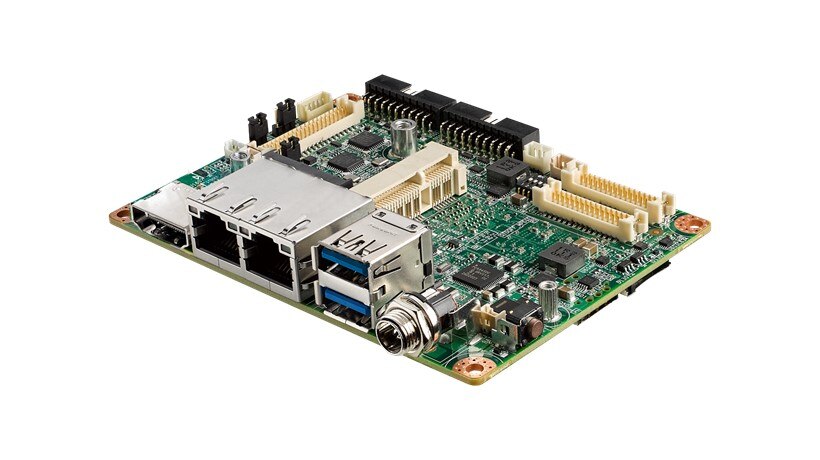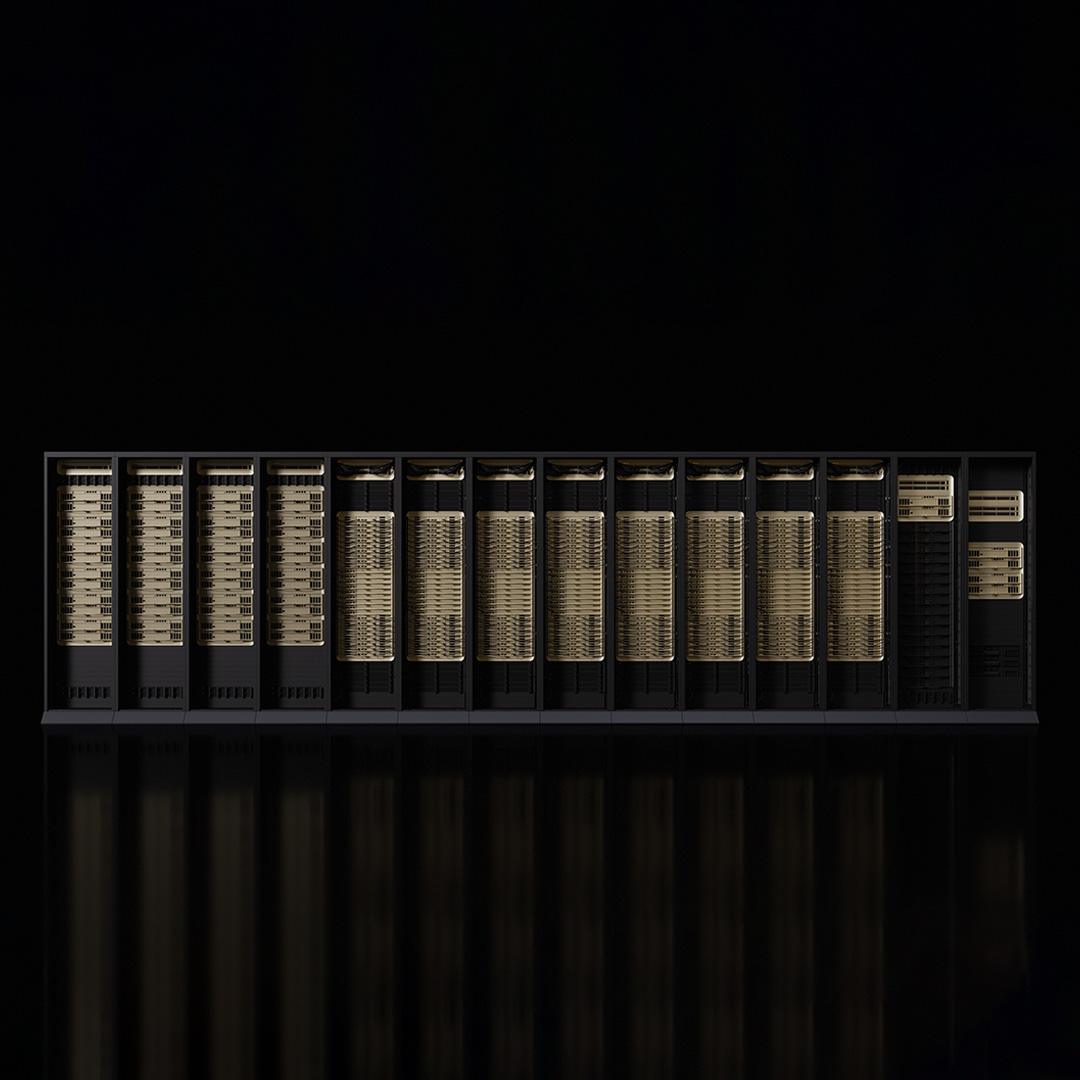Arm & MediaTek: Pioneering SoC and IoT Infrastructure

MediaTek, a key player in SoC solutions, has been making waves in the mobile and consumer device markets. With the smartphone market now pioneering in advanced SoC designs, MediaTek has introduced a variety of chipsets for the mobile market, including the flagship Dimensity 9000. This cutting-edge chipset leverages Arm’s v9 CPU and Mali-GPU technologies, setting new standards in performance and efficiency for today’s top-tier smartphones.
Building on the success of these products, MediaTek spotted an opportunity to disrupt the IoT markets with a new generation of computing platforms. These platforms cater to enterprise and industrial AIoT applications, which are a combination of artificial intelligence (AI) technologies and IoT infrastructure.
Much like their advanced smartphone counterparts, high-end IoT products are characterized by an unrelenting pursuit of performance and efficiency. They incorporate advanced technologies such as AI, computer vision, image processing, and innovative connectivity features. Additionally, single-board computers (SBCs) are set to revolutionize the high-end IoT market, meeting the evolving compute requirements in a market that has remained relatively static in recent years.
Introducing Genio
Spurred by innovation opportunities, MediaTek launched a new suite of AIoT chipsets, Genio. the vision for Genio is to offer an end-to-end platform stack for AIoT markets, allowing MediaTek’s partners to swiftly introduce innovative consumer, enterprise, and industrial applications and devices. Genio integrates a host of features tailored for enterprise and AIoT industrial applications, including support for 1.6mm industrial-grade PCB designs, IoT Yocto Linux, and a decade-long lifespan.
The flagship of MediaTek’s AIoT portfolio, Genio 1200, is based on Cortex-A78 and Cortex-A55 CPU designs, as well as the Mali-G57 GPU. This potent combination drives a broad spectrum of AIoT applications. The energy efficiency makes it an attractive choice for industrial applications and devices, leading to extended battery life and cooling cost savings. Genio 1200’s multimedia capabilities fuel advanced applications in smart retail, warehouse management, and smart homes. The chipset’s adoption of Mali-G57 facilitates robust graphics capabilities, such as powering dual 4K displays at 60Hz, making it an ideal fit for digital signage and visual retail applications.

The high performance of Genio 1200 not only addresses new markets in the AIoT but also future-proofs itself. MediaTek is already thinking ahead, anticipating a growing demand for higher performance as the market evolves. Richard Lu, VP of MediaTek’s AIoT Business Unit, says it is all about being “ahead of the technology wave.”
He explains: “The market is rapidly moving, so we need to be ready. We want to have a higher-end product now that will fit the future market. We know that demand for higher performance will increase as the market evolves.”
Powering the Future of AIoT with Genio 1200
But it’s not just about performance. MediaTek has incorporated a range of new technologies and features into GEnio 1200, such as AI, image sensor processors (ISPs), computer vision (CV), and enhanced connectivity. The advancement of AI technology is particularly crucial, with edge AI now prevalent in AIoT applications. In fact, the blend of performance, connectivity, and AI makes Genio 1200p a compelling solution for robotics applications.
Lu continues: “Industrial OEMs are always looking for more. This means more AI, ISPs, CV, connectivity, and edge computing features. Having these all integrated into a complete solution like Genio 1200, saves our partners time and cost during implementation and differentiates MediaTek’s offering in the market.”
As part of MediaTek’s commitment to offering a complete platform stack for AIoT markets, it knew that exceptional hardware alone wouldn’t suffice. The company prioritized standard and software compatibility to ensure a seamless experience for partners.
Lu says: “With so many companies and solutions in the AIoT market, standardization was a big focus for MediaTek. We needed to make sure that the Genio 1200 is compatible to the many IoT standards that exist today. This is why having Arm’s Project Cassini-aligned hardware is so important to us, as Project Cassini provides the standardization for the industry.”
As Arm’s VP for Embedded and IoT Mohamed Awad noted at June’s Embedded World, Project Cassini implements a key set of industry standards and enables the secure deployment of cloud-native software on all Arm-based devices in the IoT space. Having MediaTek’s hardware aligned to Project Cassini provides time-to-market benefits for partners, so they spend more time on innovation rather than solving compatibility issues.
Tapping into Arm’s powerful open-source community was also attractive to MediaTek. This meant real-time updates and support in Linux and Android operating systems (OS). Lu adds: “The Arm ecosystem of open-source collaborators makes life easier for IoT developers, providing an open development environment that benefits our Genio platform for AIoT.”
Genio 1200 on an Advantech SBC
The partnership for Genio 1200 went beyond just MediaTek and Arm. Advantech – a leading IoT company across intelligent systems, embedded computing and systems and industrial computing – has already deployed the Genio 1200 chip on its RSB-3810 SBC that targets all industrial IoT applications, but particularly vision-based applications. The company has specialist knowledge of industrial computers and uses its expertise to create compelling products across IoT markets.

Speaking about the adoption of MediaTek’s Genio 1200, Thomas Kaminski, Director for Product Sales Management at Advantech said: “Across our huge product portfolio, we need to cover many different applications coming from the strong and growing IoT and AIoT markets. The selection of the right SoC partner is a very important milestone in our product development. We need to fulfil the technical market needs and at the same time respect the requirements from our industrial customers. For MediaTek, the combination of AI and video performance alongside the computing power from the Arm Cortex-A78 and A55 cores means its chipsets are perfect for various CV applications, especially at the edge.”
He continues: “For smart vision applications, we need technology that has the AI capabilities to detect objects, things, processes or faces, then gets this streamed and processed at the edge, before being displayed on a nice high-resolution video screen. All of this needs to be done as quickly as possible. This is why the Genio 1200 was perfect for our new RSB-3810 SBC board, providing low power, high graphics and AI performance, while also being cost-effective and having MediaTek’s longevity commitment for our industrial markets and customers.”
Kaminski also recognizes the role of Arm’s technology in the Genio 1200. This provides the performance needed for high-end IoT applications, while also being easy to deploy on hardware.
He explains: “The hardware efforts for SoC development are more challenging than in the past. Today’s Arm-based SoCs support the latest memory and storage generations and also offer high-speed I/O interfaces. These technology development steps from Arm mean data can be collected, transmitted, and processed even faster, opening the door for many new applications. The performance of the Arm IP in the Genio 1200 chipset means we can meet the higher performance demands from industrial IoT applications. The Mali-G57 GPU, in particular, offers the high graphics performance, fast responsiveness, and AI functionality that are now integral features in high-end AIoT vision-based applications.”

However, the lack of hardware and firmware standardization between SoCs can hinder the deployment of edge computing applications. Therefore, Advantech is already using Project Cassini-aligned hardware on several of its boards to reduce the complexity of software deployment, while improving security. This is also bringing greater standardization in the fragmented IoT market.
Also, for the RSB-3810 SBC specifically, Advantech and MediaTek partnered with Canonical to ensure that the Linux operating system (OS) Ubuntu was available for customers to use on the new SBC platform. Ubuntu OS is the new standard secure enterprise Linux for servers, desktops, cloud and developers, and can save Advantech’s customers time and money.
Kaminski says: “It’s great to have Ubuntu Linux support on this platform. Creating a Linux image for RISC normally requires a lot of effort, and then even more recurring efforts to keep the image safe and up to date throughout the product’s life cycle. Using an Ubuntu image provided by Advantech allows our customers to get started right away, significantly reducing their time-to-market. As Ubuntu benefits from Canonical’s regular patches and updates – as well as extended maintenance options – lifecycle management is as easy as it can get.”
Genio 1200 represents the first collaboration between MediaTek and Advantech in the IoT market. So far, the response from Advantech’s customers and developer ecosystem has been positive. Kaminski says: “Due to MediaTek’s rich experience in consumer devices and the outstanding power efficiency of the Genio 1200 chipset, many IoT and embedded developers are itching to get product details and asking for samples already!”
New disruptive generation of computing platforms
As the AIoT market continues to evolve, features and technologies traditionally used across consumer markets will become more prominent. Higher performance – particularly for AI-based IoT applications and use-cases – that still maintains the low power and cost demands from the IoT market are key strengths of the Arm technology.
Working with MediaTek, Advantech and the wider Arm ecosystem, this is the beginning of a new disruptive generation of computing platforms for high-end AIoT markets that will redefine what is possible at the edge. This partnership is already enabling market-leading products in the evolving, fast-moving AIoT space.
Explore Arm Total Solutions for IoT
Arm’s Total Solutions for IoT bring together specialized processing capabilities with standardized, secure software, and innovative approaches to tooling and development.
Any re-use permitted for informational and non-commercial or personal use only.












